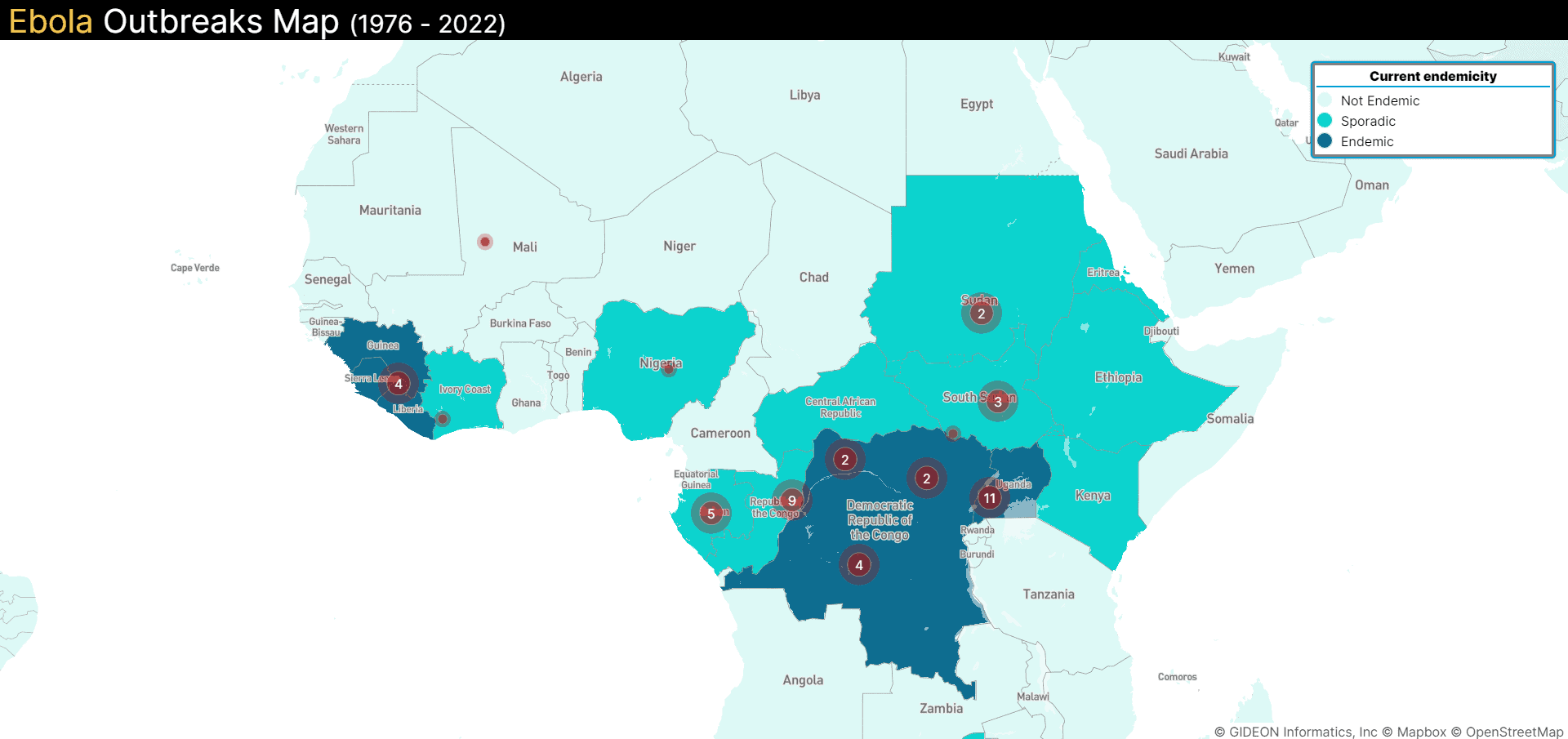How Can We Prevent the Spread of Infectious Diseases?
There are many ways to prevent infectious diseases. One way is through vaccination. Other prevention methods include good hygiene practices, such as handwashing and avoiding close contact with sick people.
Handwashing and Hygiene
One of the most important ways to prevent infectious diseases is to practice good hygiene. Hand-washing is one of the most effective ways to remove pathogens from the skin and prevent them from spreading. This means washing your hands frequently, especially after coming into contact with someone sick or after being in a public place.
As basic as it seems, handwashing is a relatively recent invention. One of the earliest references to handwashing is found in a book, On the Contagion and Contagious Diseases, by Dr. Giambattista Benedetti in 1564. In his book, Dr. Benedetti proposed that handwashing could help prevent disease spread. He also suggested that other hygiene practices, such as bathing and changing clothes, could help reduce the spread of infection.
Still, the practice began gaining widespread acceptance in the mid-19th century after pioneering work by Hungarian physician Ignaz Semmelweis. Semmelweis observed that hospital patients were more likely to develop infections if they were cared for by doctors who had just come from performing autopsies.
He theorized that there must be some unseen “contagion” on their hands, and he advocated for a regimen of handwashing with chlorinated water before examining patients. His ideas met with resistance from his colleagues, but they eventually caught on, and handwashing became essential to hospital infection control.
Today, we know that handwashing works by removing potential pathogens from the hands and preventing their transfer to other surfaces or people. Whether in a hospital or at home, washing our hands is essential to keeping ourselves and others healthy. Handwashing is one of the simplest and most effective ways to prevent the spread of illness.
It’s also important to avoid sharing personal items like towels or toothbrushes and to clean surfaces that are often touched, such as doorknobs and countertops. This is where some other means of disinfection become essential as well.
The Importance of Vaccines in Infection Spread
Of course, washing our hands isn’t the only infection prevention method. Vaccinations are also a massive tool in preventing the spread of infections. Vaccines help the body build immunity against specific infections. Immunization programs have helped reduce the incidence of infectious diseases around the world.
For example, the measles vaccine is highly effective in preventing the spread of measles, a highly contagious virus that can cause serious health complications. As a result, vaccinations can help reduce the number of disease cases and the severity of symptoms. When combined with good hygiene, vaccinations can effectively protect individuals and communities from spreading infectious diseases.
Quarantining and Isolation
Still, it’s possible to become ill even after vaccination and following reasonable hygiene steps. Someone infected with a contagious disease can spread it to others through coughing, sneezing, or even talking. That is why it is important to stay home if you are sick so that you don’t expose others to the illness. This is known as quarantining or isolation. Both quarantine and isolation help break the transmission chain and can effectively prevent the spread of disease.
The aim is to prevent the further spread of the disease. Quarantine involves separating people exposed to disease from those who have not. The quarantine can be voluntary or involuntary. Voluntary quarantine is when a person agrees to be isolated from others after exposure to a disease. Involuntary quarantine is when government officials force a person to be isolated from others.
Isolation is used for people who are already sick and often involves restricting movement and contact with other people. Depending on the disease, it can last for a few days or weeks. There are several reasons why isolation effectively prevents the spread of illness.
First, it prevents exposure to other people who could become infected. Second, it allows healthcare workers to identify and treat infected people more easily. Finally, it gives healthcare systems time to prepare for and respond to an outbreak.
